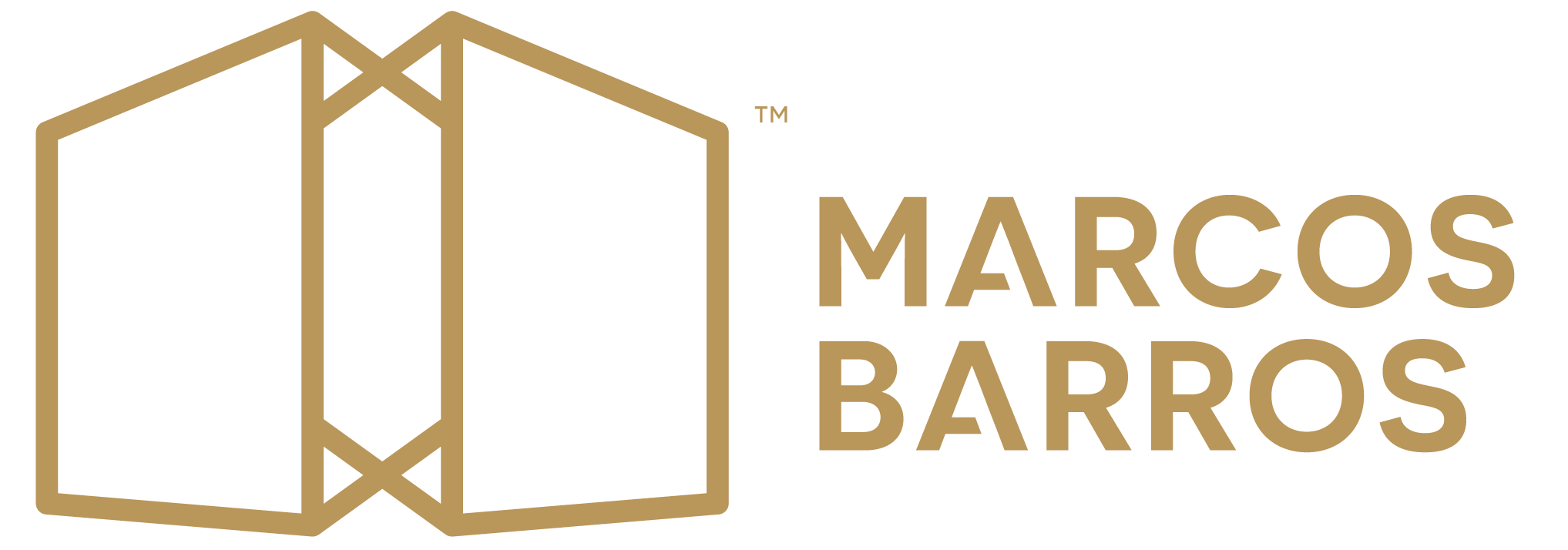OKRs are very simple but they can be hard to get right. A common mistake is to confuse Key Results with Tasks. This video will show you an easy and simple way to solve it.
When creating OKRs it´s very easy to confuse Key Results with tasks. For example,
To hire a new CFO
or
Prepare the new budget
are tasks, and not results, so they don´t make the best KRs.
It doesn´t mean that you can´t have them in your OKRs. They can be milestones you need to achieve, to reach your objectives. But before you include them in your OKRs, ask yourself the question: “What is the measurable RESULT I want from this milestone?”
An easy way to make the distinction clear is to remember that you are not measuring EFFORTS in your KRs. You want to measure RESULTS.
So to hire a new CFO is an effort, towards a result, but not a result.
The same for Prepare the new budget. Perhaps the result you want is to reduce your costs and the new budget is only one of the necessary tasks to make it happen.
You can use here the 5 Why´s Model or a sequence of questions to drill down to the root of what you want. For example, why do you want a new CFO?
Well, the one we had did not have the necessary skills.
But what kind of results this lack of skills produced?
We were constantly having cash flow problems.
So the key result you want here should be related to your cash flow. And your KR could be something like
To increase our reserves from X to Y
This is a much better KR, and to hire a new CFO can be an effort towards it, but it doesn´t necessarily have to be part of this OKR.
When Andy Grove created Objectives and Key Results, he wanted to know if he was moving towards reaching the objective, and this is what the Key Results will tell you.
In this example, to hire a new CFO won´t necessarily improve your cash flow. But to increase your reserves from X to Y certainly will. Can you see the difference?
So when creating OKRs, remember that measurement of efforts doesn´t make the best KRs. Try to find the real result you are after, the one that will tell you if you are coming closer to your objective.

Recent Comments